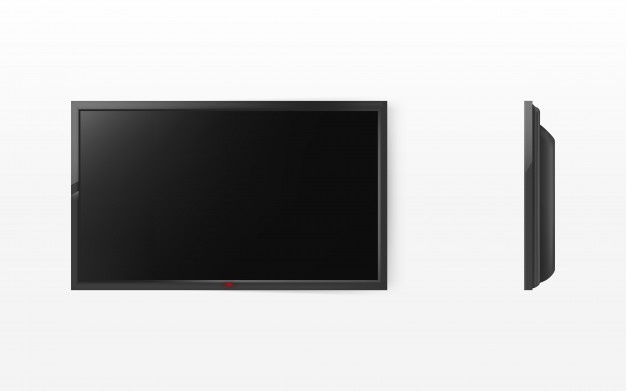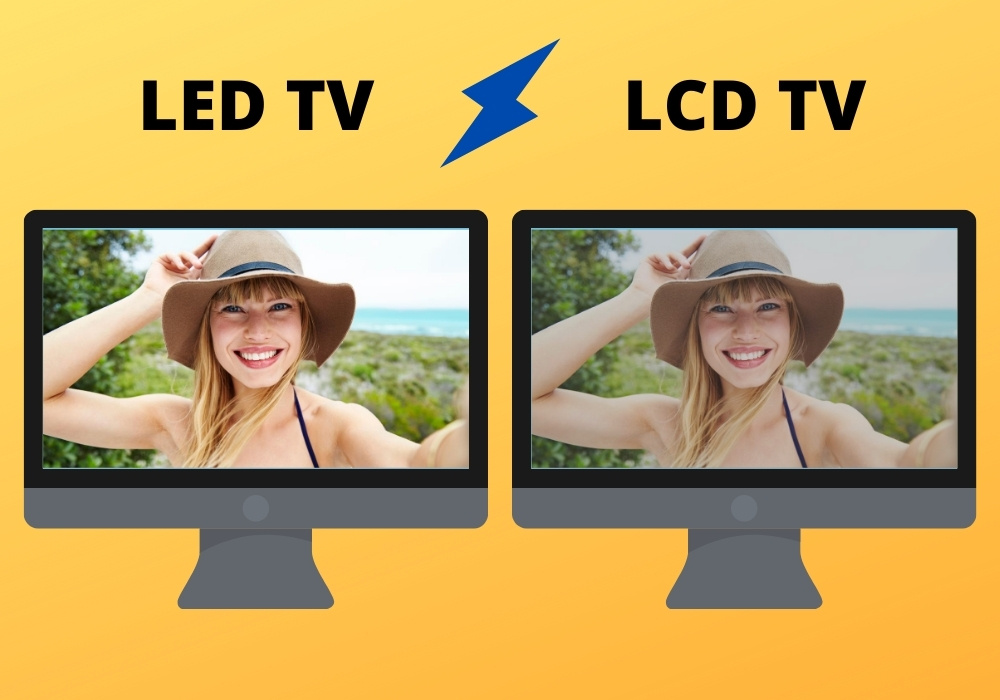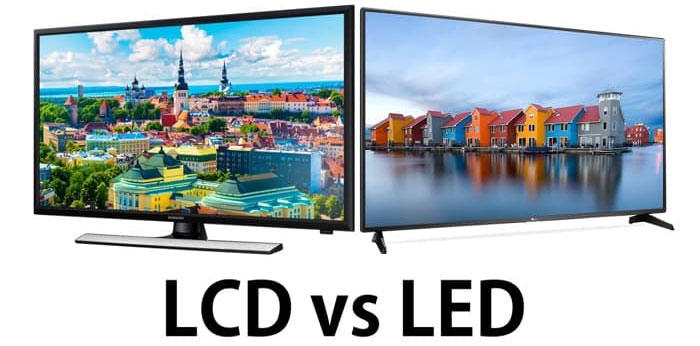People spend more time in front of a computer screen than ever before in today’s technologically advanced society. For a substantial chunk of the day, eyes are riveted to a screen, whether for work or gaming, on desktops or laptops. However, those eyes grow weary, especially if the monitor is old, and the image becomes fuzzy and lacks the sharpness you require. It is critical to make an informed selection when choosing a new monitor if you spend a lot of time in front of one. High-resolution displays may reduce eye strain while also enhancing employee experiences and allowing you to get further in your favourite game. As your system ages, the issue becomes: which is better: an LED vs LCD monitor?
Which monitor is the most comfortable for your eyes? Which gaming monitor is the best? What’s the difference between an LCD monitor and an LED display? Consider the following considerations when deciding whether technology is appropriate for your computer usage.
To choose which sort of monitor is ideal for your needs, you must first comprehend the differences between them.
LCD

Liquid Crystal Display (LCD) displays have a liquid layer sandwiched between two polarised glass panels. The LCD monitor does not generate any light of its own. Instead, extra illumination streams through the glass and lights the crystals from behind the screen. Fluorescent bulbs are commonly used to backlight LCD displays.
LED

LED monitors include a liquid crystal display as well, however, the illumination is provided by LEDs rather than fluorescent lights. The marketing staff at Samsung coined the name “LED.”
It’s a little perplexing. If you wanted to name LCD monitors after their backlighting technology, you could call them fluorescent monitors, which is how LED monitors are titled. LCD stands for liquid crystal display with fluorescent illumination. Backlighting with LEDs is referred to as LED backlighting.
LCD vs LED TV: How are they different?
While the major distinction between LED and LCD TVs is the technology used to show pictures on the screen, each technology reacts differently to projections and video.
To make an informed selection, here’s everything you need to know about LED vs LCD TVs.
The thickness of the screen
Because of the technology used, an LED TV has a narrower screen with crisper edges. The two-layer display technology, on the other hand, adds weight to an LCD TV.
Backlight
The difference in backlight between LCD and LED TVs is significant. There are two types of LED TV backlighting: edge lighting and complete array lighting. Unlike LCD TVs, which use CCFLs for backlighting, most LED TVs project images onto the screen using ‘light guides.’ For example, to provide brilliant pictures, the latest LED Sony and LG TVs employ edge lighted with local dimming technology.
Brightness
When comparing LCD vs LED TVs in terms of brightness, the LED TV comes out on top. This is due to the fact that it has its own dimming and backlighting mechanism, which, in comparison to LCD, gives your projects greater definition, authenticity, and realism.
Colour and contrast
When opposed to LCD TVs, LED TVs offer better black depths and use dynamic contrast algorithms. In the case of LED TV, colour accuracy is also more defined.
Viewing Angles
LCDs project crisp images up to 165 degrees, but beyond that, projections tend to distort. LED TVs, on the other hand, provide superior clarity from all viewing angles.
Efficiency in Energy
Because LED TVs employ light-emitting diodes (LED) for backlighting, they are more energy-efficient. These TVs use less energy than typical LCD TVs, which employ cold cathode fluorescent lights (CCFL). This can save you up to 30% on your electricity bill.
Pricing
When comparing LCD vs LED in terms of pricing, LED TVs are more expensive than LCD TVs because of the technology available. For example, an LED TV that is HD Ready would set you back at least Rs. 10,000, and the price will rise as the screen size and technology improves. Smart televisions, for example, are more expensive.
Size
The nicest thing about an LED TV is that it can fit into any area, no matter how little or large it is, thanks to its adaptable size and thickness. Depending on the available area, you may get LCDs varying in size from 13 to 57 inches and LEDs up to 90 inches.
Also know about the 10 best printers for home use, here.
LCD vs LED TV: Which one is better?
The flat screen is the most prevalent form of LCD TV nowadays. Front projection LCDs, on the other hand, project a picture onto a flat screen. The most prevalent type of LED TV is the Edge LED TV, which evenly distributes light behind the screen. There are also Dynamic RGB LEDs, which provide dimmer or brighter projections on specific locations, and Full-array LEDs, which do not provide individual dimming or brightening.
With this comparison, you’ve probably concluded that LED TVs are superior to LCD TVs. When selecting a television, however, first determine your watching requirements, then select the model that best matches your needs. Choose LED TVs over LCD TVs if you enjoy playing games or watching movies in high resolution.
While you may already know which display type to select, there are a few more factors to consider when selecting the ideal TV for you.
LCD vs LED: Which is better for your eyes?

Many office positions need you to sit in front of a computer screen for eight or more hours each day. If you have to continually glance away from the computer due to display difficulties, your performance will suffer significantly. Employees may stay focused on the work at hand by using monitors that decrease eye strain, provide consistent colour, and have increased contrast.
LCD panels that run at 120Hz or higher might help you maintain your vision clear if you’re especially vulnerable to blurriness. LCD displays also have a broader range of viewing angles, which makes them more comfortable to use. LED displays, on the other hand, tend to offer superior dimming choices without compromising image quality, which is especially important if you spend long hours. Eye strain can begin in as little as three hours, so an LED monitor is healthier for your eyes if that’s your main worry.
LCD vs LED: Which is better for gaming?
Monitors aren’t only for work. They can also be used to create a fantastic gaming setup. As you fight evil people and race for the high ground, you’ll need a clear picture. Short reaction times, low lag, and a fast refresh rate are all features of the finest gaming monitors. The rate at which pixels switch from one picture to the next is referred to as response time. The time between pushing a button on your joystick and seeing the action on screen is referred to as lag. And the refresh rate refers to how frequently the screen changes what is being displayed.
Conclusion
Consider what characteristics are required and most significant to enhancing your work environment and/or gaming space as you strive to select the ideal option for your professional and personal display demands. LED monitors have a longer lifespan, higher picture quality, smaller design, faster reaction time, and more eco friendly construction in many situations. These features compensate for the greater initial cost, which may have you contemplating an LCD display. However, if you simply need something to get you through a workday with some spreadsheets, the LCD could be the way to go.
There is never a dull moment in the world of television technology. With this in-depth analysis, we hope you’ll be able to make an informed purchasing choice and keep your Best Buy salesman on their toes.
























